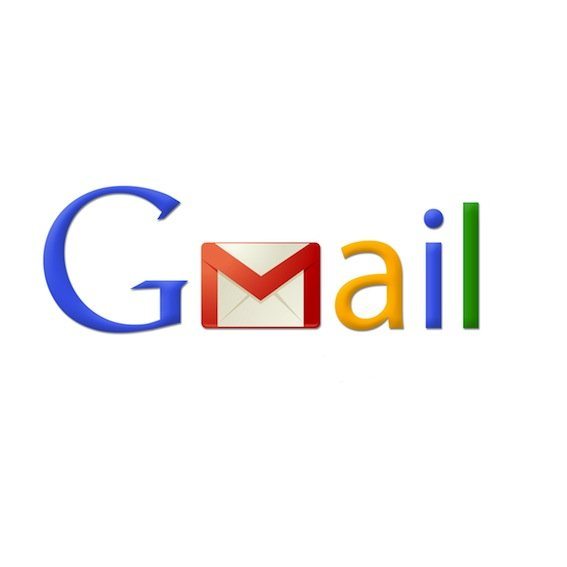news
Gmail Image Caching: Not All Bad News for Marketers
December 16, 2013

UPDATE: For more information on how this can affect image rendering and DoubleClick ads, click here. Additionally, since the image caching change, Marigold Engage by Sailthru has implemented a process for clients to track geolocation upon click.
—
Gmail announced a major change to the way they display images within emails on December 12, 2013. Previously, Gmail included a prompt to display an image with every email open. Now they will be caching all inbound images, effectively sending marketers and tech writers into a flurry of speculation of how this impacts email marketing. Rest assured, the sky is not falling, but there are some notable changes to be aware of.
What it means for Gmail end users
All images will be stored on Gmail servers and displayed automatically across desktop, with changes coming in early 2014 for iOS and Android, according to the official Gmail blog post. This means no longer clicking “display images below,” and a visually-enhanced experience within the email platform free of malware and viruses.
What it means for marketers
While unique opens will continue to be tracked, marketers may see an impact to repeat opens as a result of the new image caching. That said, this shift to focus on unique opens actually provides a more accurate KPI than total gross opens. (While you may be considering some workarounds to access gross opens, note that those tactics may not be long-term solutions and might also violate the http protocol which, in turn, will affect deliverability.) With this new treatment, total gross opens may appear to be declining in your campaign totals, but keep in mind this is now because “total gross opens” will not exist for Gmail.
Marketers will no longer be able to cookie users upon email open. Marigold Engage by Sailthru will continue to cookie users upon click. However, it is strongly recommended for clients with login access to take the additional step of dropping the cookie at the point of onsite login.
The ability to determine IP address and location will be impacted as image requests are now received by Gmail servers, but Sailthru clients will still be able to determine IP address and location through non-email marketing channels (e.g. onsite activity and mobile).
What it means for Sailthru
As Google and Gmail continue to evolve, they sure are keeping marketers on their toes. But amid criticism and panic towards their recent changes, like the tabbed inbox, it’s clear the changes are geared towards improving user experiences. We can’t argue with a user-centric mindset, and believe it’s the marketer’s job to adapt to the user — not the other way around.
While this likely concerns brands still using traditional ESPs, it’s important to note that Sailthru Onsite allows clients to benefit from additional user-agent and IP-geo information beyond the user’s inbox; this allows marketers to mitigate the potential impact of these types of changes.
—
Carmel Geoghegan is a Senior Account Manager at Sailthru. She was previously Client Success Manager at Buddy Media (acquired by Salesforce) and Business Development Manager at Initiative.
The State of Brand Loyalty in the U.S. in 2023
Related



